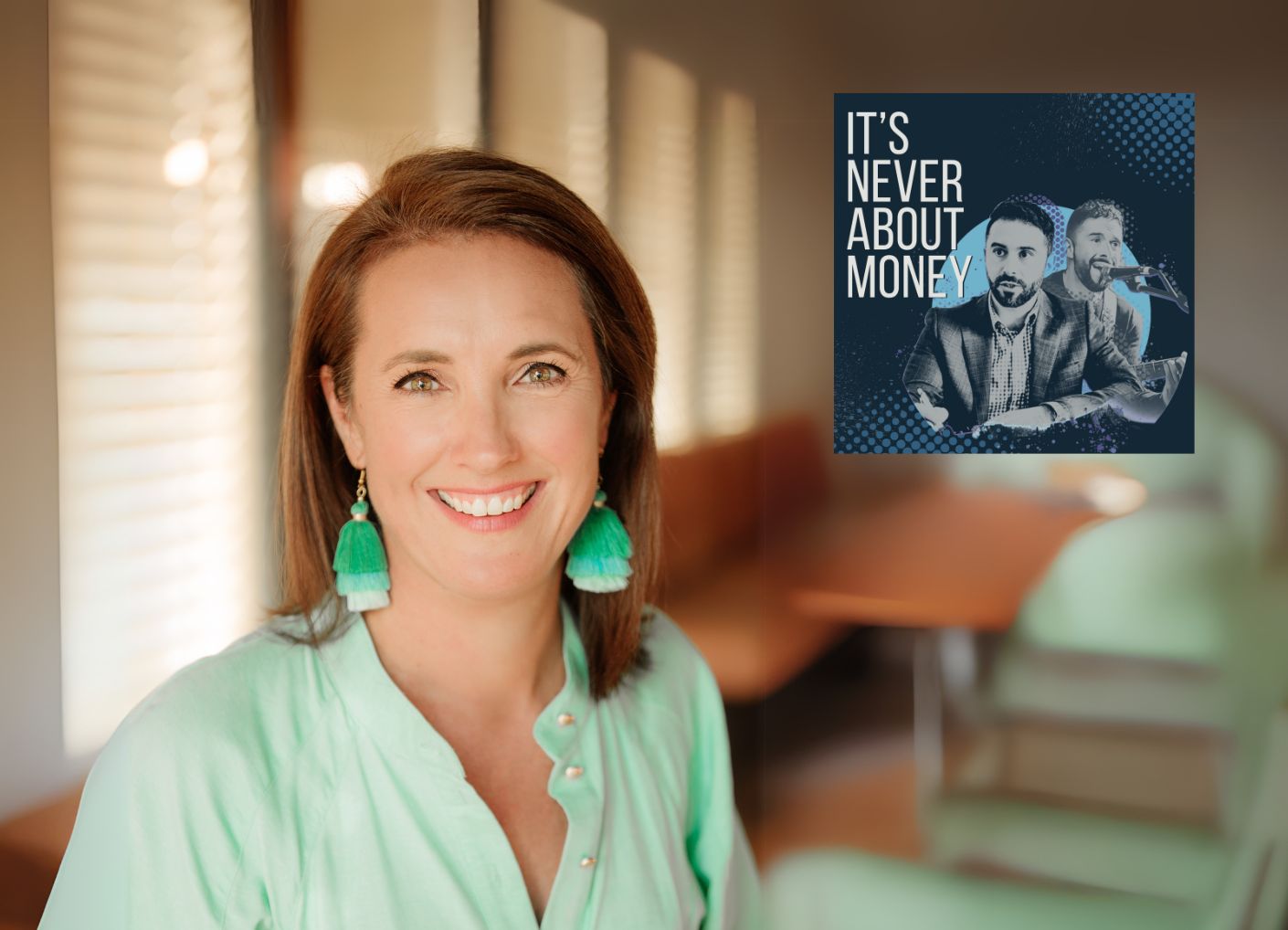A task force is a specialised team of people assigned to deal with a particular problem, goal or piece of work. Building a task force can be an excellent way to tackle an opportunity or challenge that is likely to have a start date, an end date, and a relatively short time horizon (like 1 – 2 years). It can be a beneficial way to tap into individuals who have the skills and expertise you need without having a seat at the board taken up, which might suit both the organisation (given the time horizon) and the individual (given the limited availability of so many great people).
The success of a task force is reliant on multiple factors. Because it is a team of individuals working together within a definitive timeframe, there is an emphasis on clarity of purpose, trust, capability, communication, and action.
At the beginning of the COVID-19 pandemic, the Paul Ramsay Foundation (PRF) announced the Sustaining our Partners Taskforce. The Taskforce’s purpose was to identify Partners who were at immediate financial risk, assess what type of support they required and to co-create a plan of action with them. The Taskforce included representatives from the board, executive, staff and external members focused on strategy, financial and business modelling, innovation, research and evaluation, and action learning.
Jo Taylor (Chair of the Sustaining our Partners Taskforce) shares her thoughts on the 6 key elements that determine the success of a charity task force:
1. Purpose: Individuals must be genuinely committed to the purpose of both the organisation and the task force. Critically, they must be able to clearly articulate and agree on the specific purpose of the task force and what success will look like.
2. Connectivity: The task force must have connectivity to the board as a whole and usually a board member nominates to be part of the task force. The purpose of this is to ensure communication exists between the task force and the board (and organisation) more broadly.
3. Authority: The task force needs to have its own ‘teeth’ in that it should be charged to actually ‘do’ and not just advise. Of course, the board and the task force must be clear on the delegated authority the task force has. This is aided by a member of the senior executive team being part of the task force. To succeed it needs to be clear that it is not simply a discussion group, and it has been established to take action.
4. Expertise: Collectively, the group should have a carefully crafted mix of knowledge, experience, expertise, and diversity that are considered in support of the task force’s purpose. Everyone in the group must trust each other’s strengths, capabilities and perspectives.
5. Action: Anyone who is tasked with execution underneath the task force must be a member of the task force, regardless of role or hierarchy.
6. Resources: Without appropriate human and financial resources, a task force will not be able to deliver. Be clear about what resources are available from the outset in order to maximise effectiveness and set the task force up for success.
Task forces are designed to undertake finite projects. They should not duplicate existing workflows and cannot replace existing organisational functions. Once the project is completed, a transparent review of the results, challenges, and learnings will enable an organisation to embed any required change to operational practices and activities.



